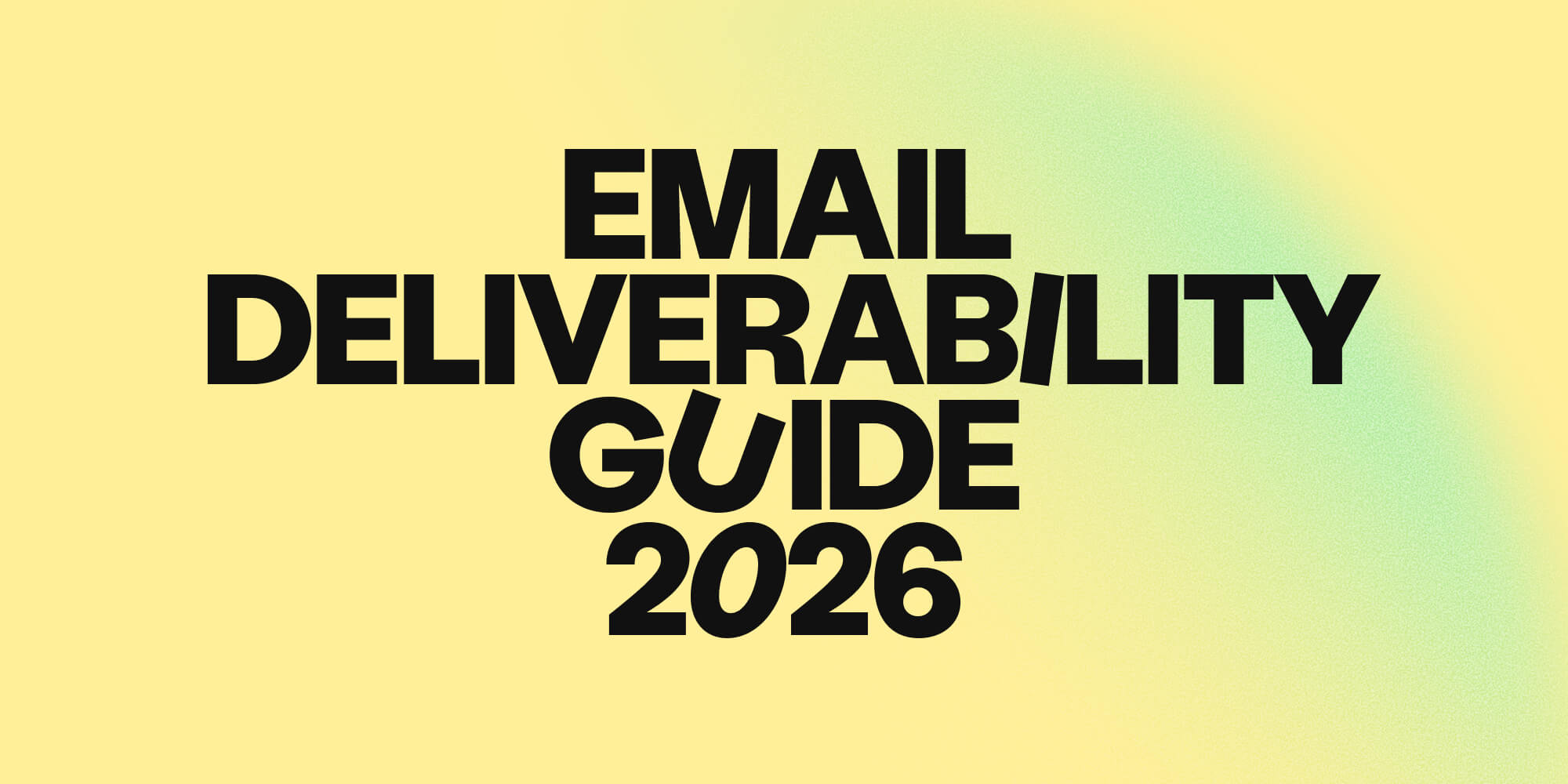Value proposition vs. positioning statement: how they'll help you connect to your market
•
September 5, 2024
.jpg)
Your brand messaging is an integral part of your identity. But how you talk about your brand and communicate your value depends on the channel you’re using and the purpose you’re trying to serve - it’s not always the same across the board.
For instance: where is your value proposition relevant? When is your brand positioning statement more relevant? And what’s the difference between the two?
Although they sound like similar concepts, your value proposition and your brand positioning statement have distinct purposes and elements. Let's delve into each concept and explore their differences to help you nail your go-to-market communications!
What is a value proposition?
A B2B value proposition is a description that succintly explains the unique benefits and value that your product or service offers to other businesses. You’ll use it to show how your solution tackles specific pain-points effectively and, ideally, why it’s the best in class to do so.
Essentially, your value proposition should answer the question, "why should another business choose to work with us?" by addressing the following:
- Benefits for customers, e.g. productivity gains, security, better return on investment (ROI)
- User experience, e.g. intuitive set-up, fast onboarding, reliable service
- Competitive advantage, e.g. advanced capabilities, other tool integrations, exclusive data
- Segment use cases, e.g. different applications for sales, human resources, marketing
The key to a good value proposition is that it focuses on the outcome (value) for the user. Instead of describing how your “solution can do x/y/z,” you should try to explain how it enables and empowers your customer. In other words, make your user the centre of the story!
What is Value Positioning in B2B?
Value positioning in B2B involves clearly defining and communicating how your product or service uniquely addresses the specific needs and pain points of other businesses. It emphasizes the distinct benefits and value that your offering provides within the context of the B2B market, differentiating you from competitors.
Effectively positioning your value means highlighting why your solution is the optimal choice for businesses, which enables you to stand out in a competitive landscape and resonate with your target audience.
Examples of B2B value propositions
Here are some examples of value propositions from prominent B2B tech companies that focus on the customer:
- Salesforce: "Empower your sales team with a comprehensive CRM platform that streamlines processes, increases productivity, and drives revenue growth through actionable insights and analytics."
- HubSpot: "Transform your marketing efforts with an all-in-one inbound marketing platform that generates leads, nurtures prospects, and delivers measurable ROI through integrated marketing automation and analytics."
- Slack: "Elevate your team collaboration and communication with a modern messaging platform that centralizes communication, enhances productivity, and fosters seamless collaboration across departments and remote teams."
What is a positioning statement?
There can be lots of confusion surrounding the positioning statement, so let’s break it down.
What is a positioning statement - explained
A positioning statement defines where your brand stands in the eyes of your customers and prospects relative to your competitors.
You’ll use a positioning statement in B2B marketing and sales to outline your target market, unique value proposition, and key differentiators, guiding how you position your brand in the marketplace and differentiate yourself from competitors. Since it’s more strategically focused, your company’s positioning statement might only be used internally.
Basically, your positioning statement answers the questions, “why is our business offering this solution and why are we selling it in this way?” taking into account the following:
- Your ideal customer profile (ICP)
- Your solution’s differentiation compared to others
- Price and value
- Your brand’s values and mission
A good place to start is understanding how to calculate and use your Total Addressable Market so you can make sure you're speaking to your target audience segments.
Geoffrey Moore template for positioning statements
The "Geoffrey Moore template" refers to a specific format for crafting a positioning statement, which was popularized by Geoffrey Moore in his book "Crossing the Chasm." This template is particularly well-regarded in the technology and startup industries for helping companies clearly define their market position.
The template typically follows this structure:
- For [target customer]
- Who [statement of need or opportunity],
- The [product name] is a [product category]
- That [statement of key benefit].
- Unlike [primary competitive alternative],
- Our product [statement of primary differentiation].
Example of the Geoffrey Moore Template in Action:
- For small to medium-sized businesses (target customer)
- Who need to effectively manage customer relationships (statement of need),
- The CRM Pro (product name) is a customer relationship management software (product category)
- That offers a user-friendly interface and customizable features (statement of key benefit).
- Unlike traditional CRM systems (primary competitive alternative),
- Our product requires no technical expertise and can be set up in under an hour (statement of primary differentiation).
The template is designed to clarify who the product is for, what the product does, and how it differs from competitors. This helps align marketing and sales efforts with clear and consistent messaging.
Examples of B2B positioning statements
Here’s what the positioning statements could look like for a few B2B tech solutions:
- Microsoft Azure: "As a leading cloud computing platform, Microsoft Azure empowers businesses to consolidate and grow their digital infrastructure through a comprehensive suite of cloud services, industry-leading compliance, and unmatched global reach. This allows for more secure and cost-effective scaling compared to piece-meal cloud solutions."
- IBM Watson: "IBM Watson helps businesses who want to make more our of their data using industry-leading AI and automation. IBM Watson’s world-leading supercomputer technology gives businesses the insights and tools they need to make more informed decisions, create personalized experiences, and drive innovation to stay competitive."
- Adobe Creative Cloud for Enterprise: "Adobe Creative Cloud for Enterprise is an industry-standard creative tool suite specially refined for businesses looking to consolidate all their design efforts. Adobe’s comprehensive tool collection fuels collaboration and streamlines workflows to amplify creative productivity."
Value proposition vs. positioning statement: what’s the difference?
You might already understand the difference between these two terms, but let’s take a closer look at the implications on sales.
Value proposition versus positioning statement in sales
To put things simply, the difference between your value proposition and positioning statement is as follows:
- Your value proposition addresses the value your offer to buyers.
- Your positioning statement addresses where you sit in the market compared to your competitors.
So which is more important for salespeople? And for marketers?
The answer is that a good go-to-market strategy requires a good understanding of both.
Your value proposition helps you show prospects how they can solve a particular pain-point and helps them imagine what an ideal solution would look like.
Your positioning statement will allow you to articulate why your solution is that ideal solution, and why it stands out against competing offerings.
Unlike your value proposition, you might not recite it in full to your prospects, but instead use it to adjust your pitch or handle objections - e.g. “why is your solution more expensive than x?”, or “how does your solution compare to y?”
How your value proposition and positioning statement will help you connect with your B2B market
The more effectively your can articulate what sets your brand apart and how it addresses the specific pain points of your target buyers, the easier it will be for you connect with them and
So whilst it’s true that both your value proposition and positioning statements help you describe your solution, good salespeople and marketers know how communicate them in a way that makes them about the prospect.
Whether you’re explaining the immediate benefits of your solution, the long term ROI, or the competitive advantage your solution offers compared to other products, make sure you spell out what your prospect has to gain in choosing you.
Looking to connect with more of your best fit-customers? Start by arming yourself with the world’s most reliable B2B database and sophisticated AI filters.
Sign up for a demo to try Amplemarket today!
FAQs
What is the difference between UVP and positioning?
Your unique value proposition (UVP) explains to customers why they should select your brand, whereas your positioning statement outlines the image you want to project within the competitive market. Combined, they serve as the foundation of your brand strategy, directing how you engage with your target audience and distinguish your products or services.
What is the difference between a value statement and a positioning statement?
Your positioning should clarify who you are and what your brand represents. Your messaging needs to capture attention and convey why your brand matters. Lastly, your value proposition should highlight what sets you apart from competitors and why customers should make a purchase immediately.
What is the difference between value proposition and USPS?
A value proposition typically consists of a concise statement or a brief paragraph, often paired with bullet points highlighting key benefits or features, along with a visual element. On the other hand, a unique selling proposition (USP) is generally a catchy and memorable phrase that captures the product's distinctiveness.
How can I develop an effective value proposition for my brand?
Developing an effective value proposition involves understanding your target audience's needs, analyzing your competitors, and identifying your unique selling points. Start by conducting market research to gain insights into your customers' pain points and preferences. Then, clearly articulate how your product or service addresses those needs and offers distinct benefits compared to alternatives. Test your value proposition with your target audience to ensure it resonates and aligns with their priorities.
How do I know if my positioning statement is successful?
A successful positioning statement effectively communicates your brand's unique value proposition, resonates with your target audience, and differentiates your brand from competitors. Monitor key metrics such as brand awareness, customer perception, and market share to gauge the effectiveness of your positioning statement. Conduct regular market research and gather feedback from customers to ensure your positioning remains relevant and compelling in a dynamic marketplace.
How long should a brand's value proposition be?
A brand's value proposition should be concise and to the point, focusing on communicating key benefits and unique selling points in a clear and compelling manner. There is no strict rule for the length of a value proposition, but it should typically be short enough to be easy to understand and memorable, but comprehensive enough to convey meaningful value to your target audience. Aim for a length that allows you to communicate your core message effectively without overwhelming your audience with unnecessary details.
Subscribe to Amplemarket Blog
Sales tips, email resources, marketing content, and more.










